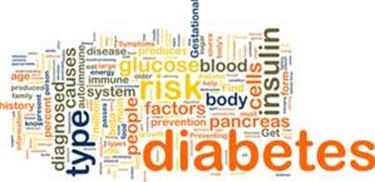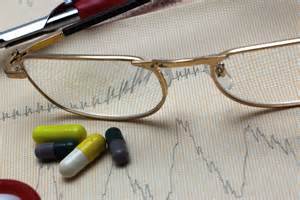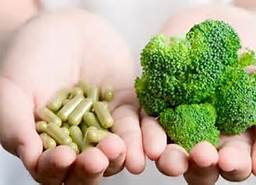What is Type 2 Diabetes

|
Rabbi Harold Kushner |
By some estimates diabetes has increased more than 700 percent in the last 50 years! At least 26 million Americans are diagnosed with type 2 diabetes, and another 79 million are prediabetic. Complications that follow diabetes can be life-threatening and do result in serious disability. It is the fifth leading cause of death and the leading cause of blindness.
Diabetes is NOT a disease of blood sugar, but rather a disorder of insulin and leptin signaling. Insulin and leptin sensitivity is a key in this matter. Your pancreas secretes insulin into your bloodstream, lowering your glucose level in the blood, but cells don’t take glucose, and blood sugar stays high. Insulin and leptin are absolutely essential to staying alive, but the sad fact is that most of us have too much, and it is pushing you towards chronic degenerative illness and increasing the rate at which you age.
Most adults have about one gallon of blood in their bodies and are quite surprised to learn that in that gallon, there is only one teaspoon of sugar! You only need one teaspoon of sugar at all times - if that. If your blood sugar level were to rise to one tablespoon of sugar you would quickly go into a hyperglycemic coma and die.
We come from a time of feast and starvation when if we couldn't store the excess energy during times of feasting, we would not be here because all of our ancestors encountered food shortage. We are only here because our ancestors were able to store nutrients, which they were able to do because they were able to elevate their insulin in response to any elevation in energy that the organism encountered. When your body notices that sugar is elevated, it is a sign that you've got more than you need; you're not burning it so it is accumulating in your blood. So insulin will be released to take that sugar and store.
Virtually all cells in the body contain special proteins called receptors that bind to insulin. They work like a lock and key. In order for glucose to enter the cell, insulin (the key) must first fit into the insulin receptor (the lock). But in some people with type 2 diabetes, there is a faulty lock, or insulin receptor.
The key doesn’t open the lock, and glucose is shut out of the cell. And in some people with type 2 diabetes, there are not enough locks or insulin receptors on the cells to allow enough glucose to enter. But for most people with diabetes, it’s not so much that the key doesn’t fit the lock, but that insulin doesn’t work properly. Initially, the pancreas is able to produce enough insulin to overcome the resistance. But over the course of several years, the beta cells in the pancreas are no longer able to produce enough insulin or it is released too slowly. Without enough insulin to meet the body’s needs, glucose levels rise and diabetes results. Scientists believe that the system that controls glucose levels in the blood and tells the pancreas to make more insulin does not function properly and the pancreas, after many years of working overtime to overcome insulin resistance, simply begins to “burn out.”
Diabetes epidemic began right around the same time as soda pop and white bread. Its origin is not a mystery. According to medical research the rapid spread of type 2 diabetes to our American children is also not a mystery. Most Americans pump their children with sugar and milled flour products. These foods create High Blood Sugar.
If I told you that people with untreated diabetes were literally starving, would you believe me? It may sound extreme, but it’s true. The term diabetes is actually derived from the Greek words meaning “to run through.” And this is exactly what’s happening. In diabetes, the nourishment we take in cannot get into our cells, and literally runs through the body instead of feeding it.
Think of feeding your hanging plants with too much nutrient-rich water. Instead of the roots drinking in the nutrients and water, the nourishment runs straight through the soil and trickles out onto the floor. No matter how much you feed the plant, the water runs through it. Eventually its leaves start to yellow, shrivel, or drop. Like your plant, the cells of a diabetic patient can’t absorb the nourishment they need.
- What happens when we eat
- What are the three food groups and how they affect blood sugar
- How the glycemic index affects insulin levels
- What are high glycemic foods
- What is hypoglycemia
- What is hyperglycemia
- What happens in the body if blood sugar goes down
- What happens in the body if blood sugar goes up
- What organs involve in glucose metabolism
- What are symptoms type 2 diabetes produces
- What are forms of diabetes
- What kind of objective testing can you do
- What is metabolic syndrome
- What are diabetes complications
- How pharmacological drugs control diabetes











